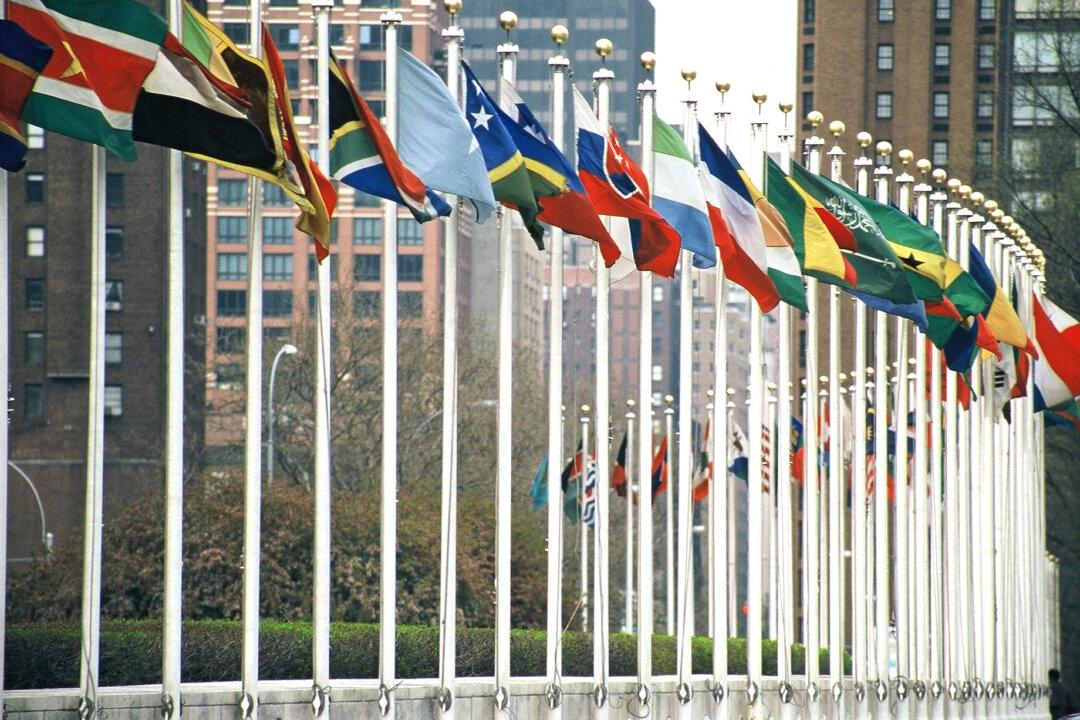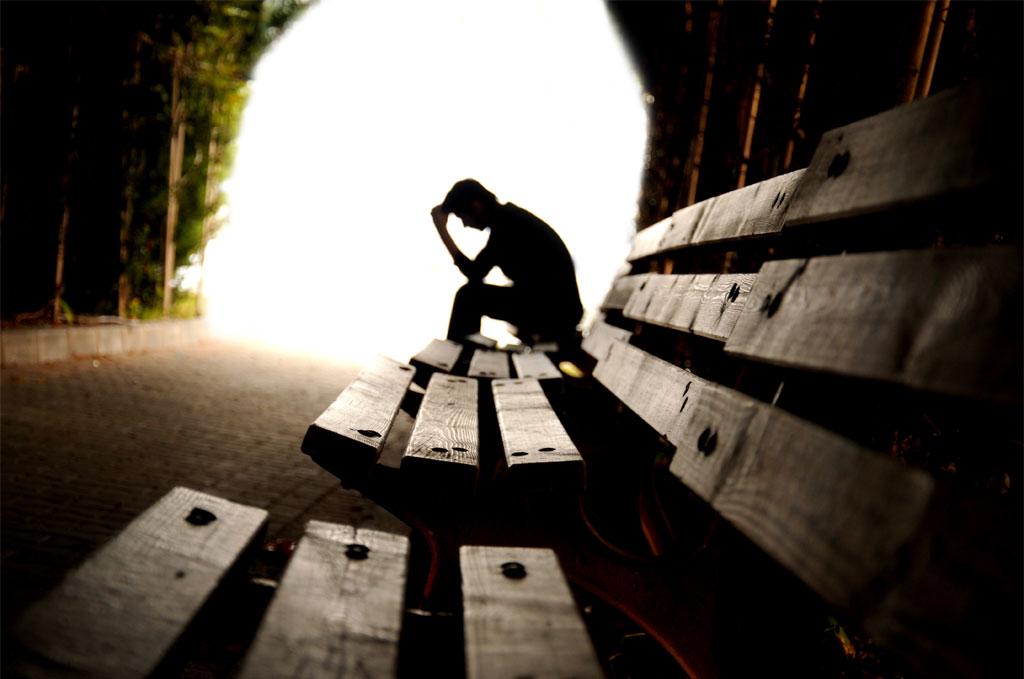Leaders and diplomats from more than 160 countries are gathering at the United Nations’ New York headquarters on April 22 to sign the Paris Agreement—the landmark climate deal hammered out at the culmination of last year’s talks.
The Paris Agreement Signing Ceremony at a Glance
Leaders and diplomats from more than 160 countries are gathering at the United Nations’ New York headquarters on April 22 to sign the Paris Agreement.

U.N. members' flags at the U.N. Headquarters in New York City. Aotearoa/Wikimedia Commons, CC BY-SA 3.0
|Updated:


